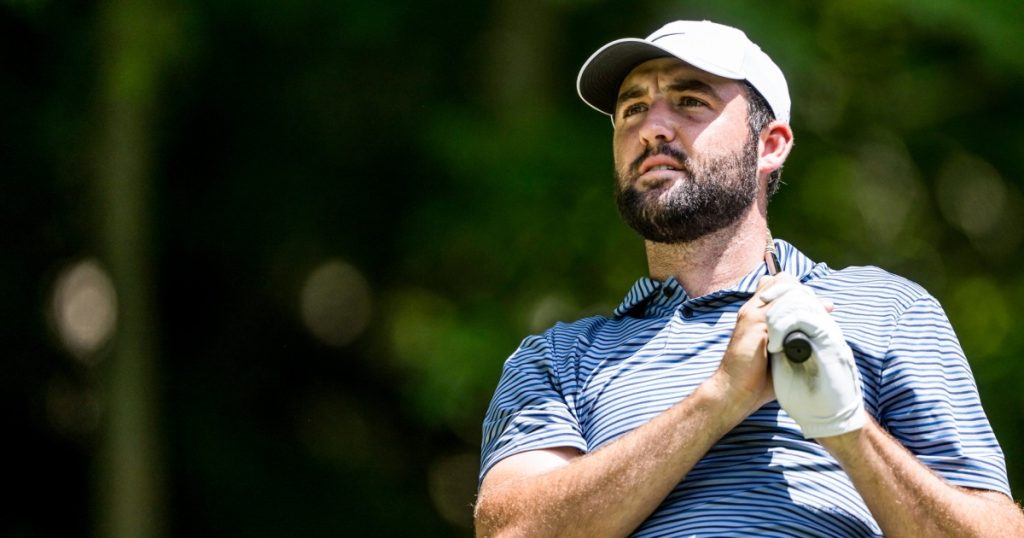The content discusses how Kentucky police detective Bryan Gillis violated department policies by not activating his body-worn camera during an interaction with top golfer Scottie Scheffler. Chief Jacquelyn Gwinn-Villaroel stated that Detective Gillis should have turned on his camera but failed to do so, which is a violation of department protocol. It is unclear how this failure to capture the interaction will affect any potential prosecution, but Detective Gillis was counseled by his supervisor and received corrective action for the policy violation. Scheffler, the top-ranked golfer in the world, had a run-in with Louisville police when trying to enter the Valhalla Golf Club during the PGA Championship.
Scheffler claims he was following police directions on how to drive into Valhalla when police, who were investigating a fatal accident nearby and directing traffic, arrested him. The arresting officer alleged that Scheffler refused to comply and accelerated forward, dragging the officer to the ground. Scheffler was booked into custody and charged with second-degree assault of a police officer, third-degree criminal mischief, reckless driving, and disregarding signals from officers directing traffic. It appears that there was a misunderstanding or miscommunication during the incident, with conflicting orders being given to Scheffler.
The Louisville Police Department did not disclose the specific punishment given to Detective Gillis, stating only that it was in line with the department’s disciplinary protocol and practices. The chief emphasized the seriousness of the failure to capture the interaction on camera and the need for officers to comply with uniform and equipment policies. It is crucial for law enforcement officials to adhere to protocols, especially when dealing with high-profile individuals like Scheffler. Corrective action was taken by the department to address the policy violation and ensure such oversights do not occur in the future.
The incident involving Scheffler and the Louisville police underscores the challenges that can arise when following conflicting orders or directions, particularly in high-pressure situations. It is essential for both civilians and law enforcement officers to communicate clearly and follow proper protocols to prevent misunderstandings and potential conflicts. The use of body-worn cameras is vital in documenting interactions and ensuring accountability on both sides. The Louisville Police Department’s response to the incident reflects the importance of maintaining transparency and upholding department policies in all interactions with the public.
In conclusion, the situation involving Detective Gillis, Scottie Scheffler, and the Louisville police highlights the need for clear communication, adherence to protocols, and accountability in law enforcement interactions. The incident serves as a reminder of the challenges that can arise when multiple factors are at play in a given situation, and the importance of following procedures to prevent misunderstandings. Both civilians and law enforcement officials must strive to effectively communicate and cooperate to ensure public safety and prevent conflicts. Corrective action taken by the department demonstrates a commitment to addressing policy violations and maintaining accountability within the force. The use of body-worn cameras is essential in documenting interactions and promoting transparency in law enforcement operations.


